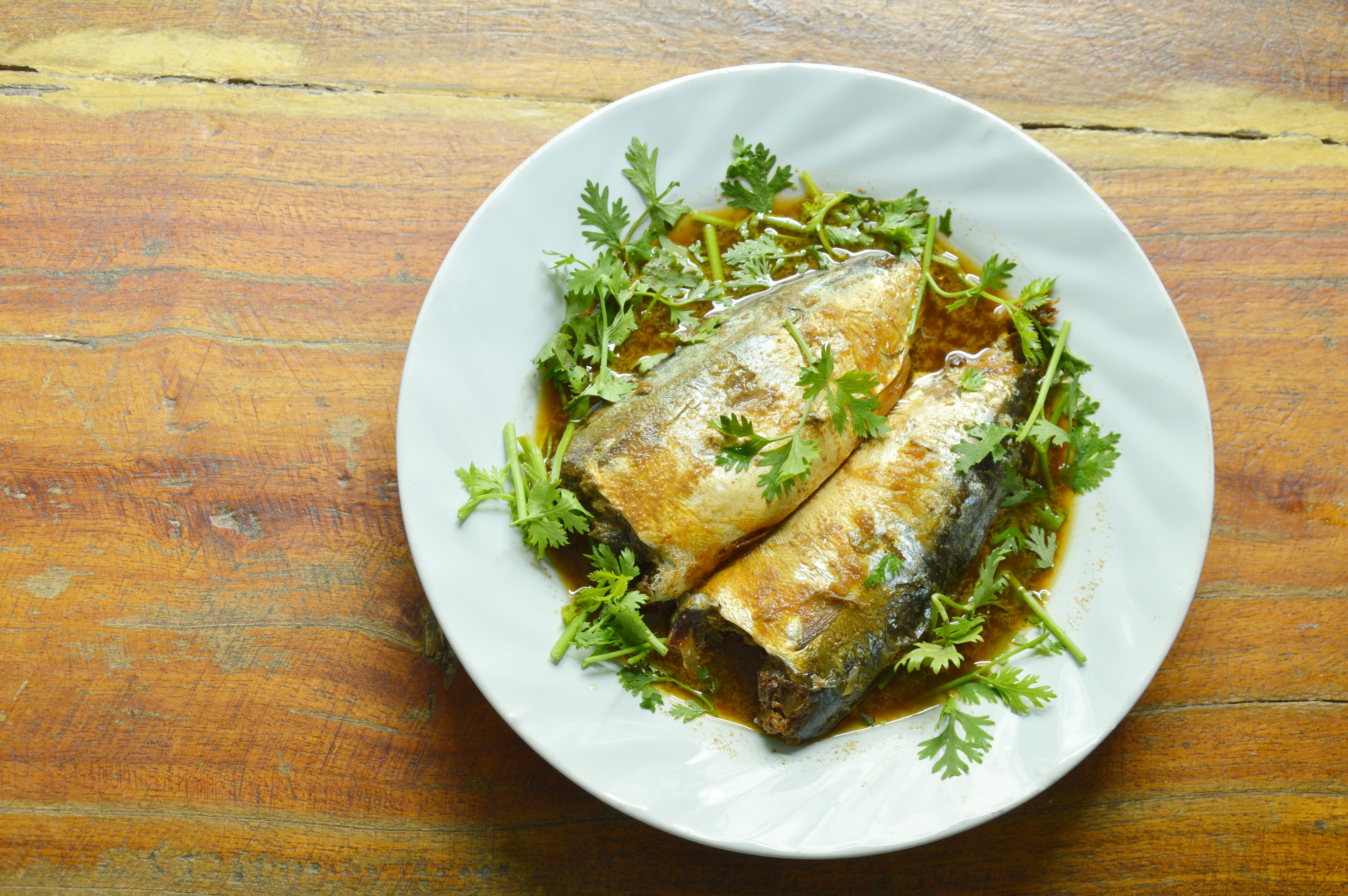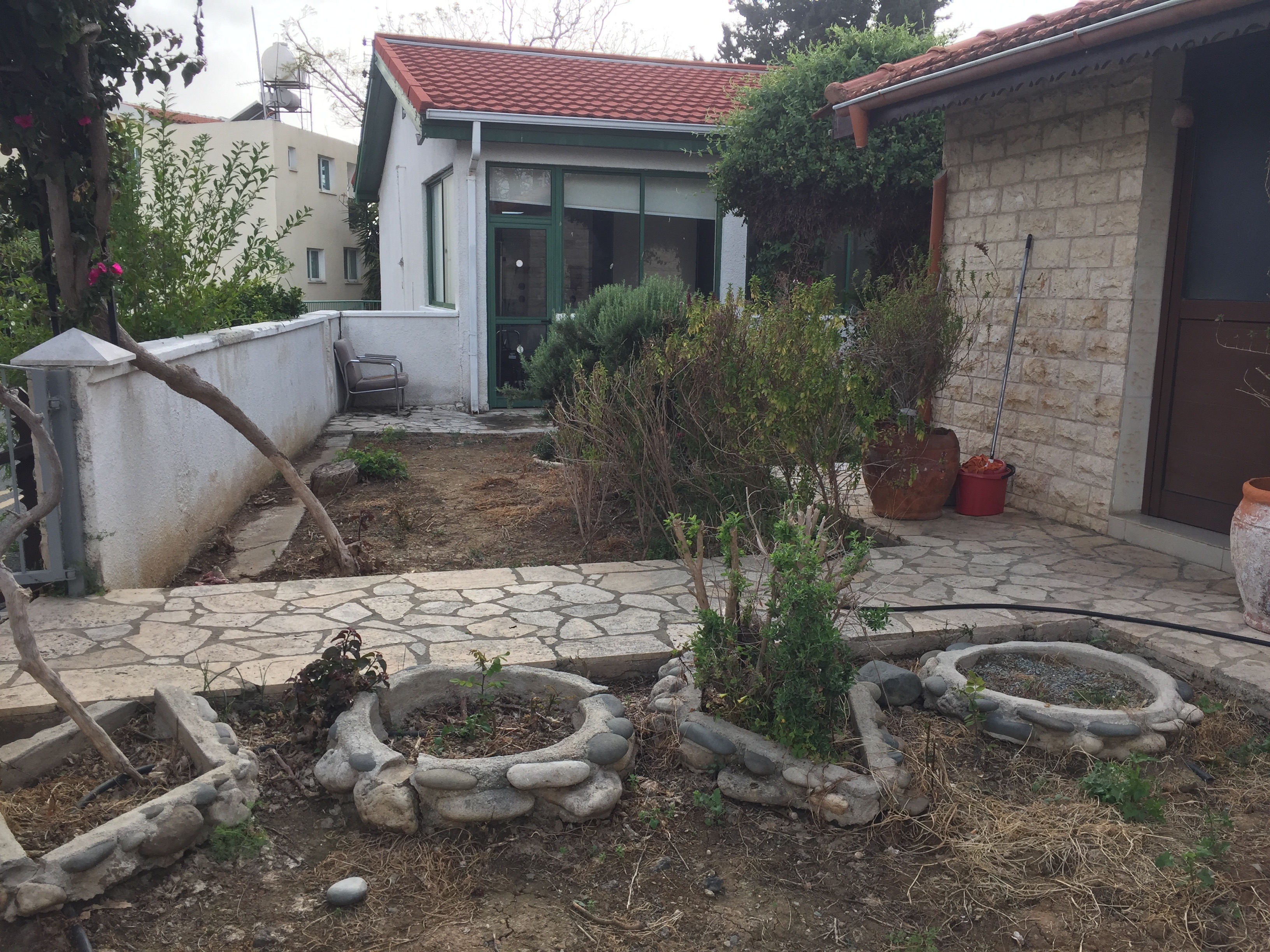Few ancient foods tell a story as evocative as garum, the fermented fish sauce that once perfumed the kitchens and marketplaces of the Mediterranean. Over two millennia old, its origins reach back to the coastal civilisations of ancient Greece and Carthage, before the Romans embraced it as a beloved staple.
Emerging around the 5th century BCE, it began as a practical solution to utilise the abundant fish catch, particularly small oily fish such as anchovies, sardines and mackerel. These were preserved by layering with salt and allowing natural fermentation under the sun’s heat. This produced a pungent, flavour-rich liquid that could be used to enhance a variety of dishes, much like soy or fish sauce in contemporary cuisines.
For the Romans, garum evolved into a luxurious culinary indulgence, reflecting social distinction and cultural sophistication. The finest varieties, such as the highly prized garum sociorum from the Spanish coast, were clear, complex and costly, and were considered worthy companions to extravagant dishes like ostrich stew or honey-glazed dormice as recorded in the oldest surviving Roman cookbook.
Meanwhile, the lower classes and soldiers used a saltier, less refined version called garum muria, while slaves consumed the thick leftover paste, allec. In this way, garum stood out as a rare example of a food that simultaneously symbolised both elite refinement and popular sustenance. The philosopher Seneca critiqued its overpowering odour as emblematic of excess, while Pliny the Elder extolled its virtues for culinary and even medicinal uses.
Though its preparation has evolved, garum’s core principle of fermentation remains firm. Traditionally, fish parts were layered with salt in stone vats and left to mature under the sun, a process driven by the fish’s own natural enzymes. Over time, producers began experimenting.
In Roman times, recipes could include herbs and wine to create more complex flavours. Similar fermented fish sauces developed independently or alongside garum’s legacy, from Byzantine murri to Italy’s colatura di alici, a clear anchovy sauce still treasured in southern Italy today. Each variation reflects local tastes and ingredients, yet all share that unmistakable sharp umami depth.
In Cyprus, although garum itself is no longer common, the island’s long fishing heritage and early Greek and Roman influences suggest a deep familiarity with fish fermentation. Modern Cypriot cuisine still features preserved fish and savoury sauces that echo these ancient methods.







Click here to change your cookie preferences